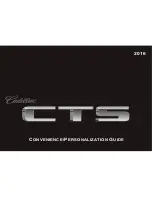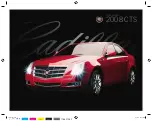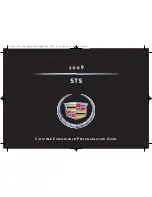
Black plate (56,1)
Chevrolet Silverado Owner Manual - 2013 - crc 1st edition - 4/5/12
10-56
Vehicle Care
Vehicle Capacity Weight
:
The
number of designated seating
positions multiplied by
68 kg (150 lbs) plus the rated
cargo load. See
Vehicle Load
Limits on page 9
‑
15
.
Vehicle Maximum Load on the
Tire
:
Load on an individual tire
due to curb weight, accessory
weight, occupant weight, and
cargo weight.
Vehicle Placard
:
A label
permanently attached to a
vehicle showing the vehicle
capacity weight and the original
equipment tire size and
recommended inflation pressure.
See
“
Tire and Loading
Information Label
”
under
Vehicle
Load Limits on page 9
‑
15
.
Tire Pressure
Tires need the correct amount of
air pressure to operate
effectively.
Notice:
Neither tire
underinflation nor
overinflation is good.
Underinflated tires, or tires
that do not have enough air,
can result in:
.
Tire overloading and
overheating which could
lead to a blowout.
.
Premature or
irregular wear.
.
Poor handling.
.
Reduced fuel economy.
Overinflated tires, or tires that
have too much air, can
result in:
.
Unusual wear.
.
Poor handling.
.
Rough ride.
.
Needless damage from
road hazards.
The Tire and Loading
Information label on the vehicle
indicates the original equipment
tires and the correct cold tire
inflation pressures. The
recommended pressure is the
minimum air pressure needed to
support the vehicle's maximum
load carrying capacity.
For additional information
regarding how much weight the
vehicle can carry, and an
example of the Tire and Loading
Information label, see
Vehicle
Load Limits on page 9
‑
15
. How
the vehicle is loaded affects
vehicle handling and ride
comfort. Never load the vehicle
with more weight than it was
designed to carry.
















































